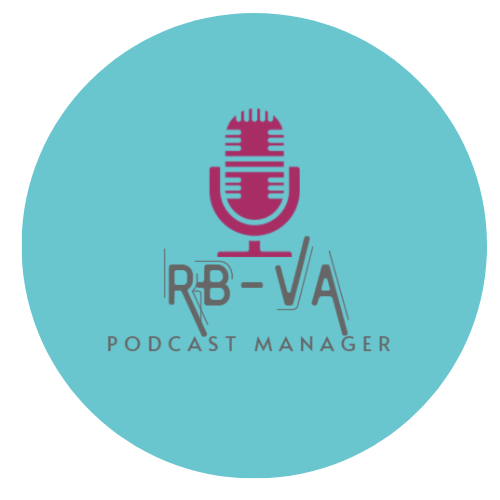How to Edit Your Podcast
So, you’ve planned out your episodes, hit record and now have your audio. The next step is editing.
Editing can feel a little daunting but there are ways to make it simpler.
One big tip is that BEFORE you even hit record, you have planned out what is going to happen in the episode. Make sure that you have your talking points and deliver what you set out to achieve.
I would not advise winging it and then hope to cut down hours of audio in the edit.
The Basics of Podcast Editing
Depending on your goal and tech comfort level, editing your podcast can be fairly simple.
Here are some of the editing tasks I recommend:
1. Trimming: Cutting the beginning and end of conversations, removing pre- and post-interview chatter.
2. Removing interruptions: Editing out doorbell rings, unexpected guest appearances, or other disruptions.
3. Removing filler words: Like Um, Er, So, Like, You Know. You don’t have to take them all out as we do speak in real life using filler words but if you or your guest is nervous and repeats them a lot, the conversation may flow better with some/all taken out.
4. Audio quality enhancement: Improving overall sound quality for a better listening experience.
Simple Editing Solutions
For basic edits like trimming, platforms such as Descript, Riverside.fm (if you’ve recorded using the platform) or Buzzsprout offer user-friendly tools.
These are great for beginners or those who prefer a straightforward approach.
Advanced Editing Techniques
If you're aiming for a more polished sound, you might want to consider these techniques:
1. Dynamic levelling: Balancing the volume throughout your episode.
2. Noise reduction: Minimising background noise for clearer audio.
3. Volume standardisation: Ensuring your podcast meets industry volume standards.
Tools like Audacity offer these advanced features, but they do come with a learning curve.
Automated Editing Solutions
Some platforms, like Alitu and Auphonic, offer automated post-production services. These tools can handle noise reduction, dynamic levelling, and volume standardisation automatically when you upload your audio file.
To Edit or Not to Edit?
Remember, there's no hard rule about how much you should edit. Some podcasters prefer a raw, unedited feel, while others opt for a more polished sound. The key is to find what works best for you and your audience.
When to Consider Outsourcing
If the technical aspects of editing feel overwhelming, don't let that stop you from podcasting. Many podcast managers and editors specialise in handling these tasks. Outsourcing can be a great option if you want to focus on content creation rather than technical details.
Editing your podcast doesn't have to be a daunting task. Whether you choose to do it yourself or outsource, the most important thing is to create content that resonates with your audience. Be curious, experiment with different editing styles and find what works best for you.
I'd love to hear about your podcast editing experiences! Do you edit your own episodes or work with an editor? What software do you use?
If you have any questions, please feel free to get in touch!
Email me at rachael@rb-va.com
Connect with me on LinkedIn
Listen to my podcast Podcasting 101 with Rachael
